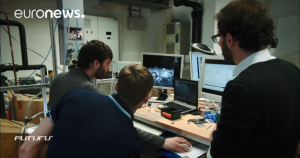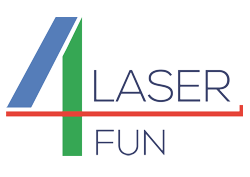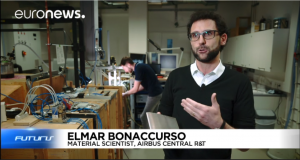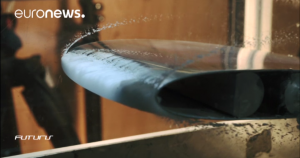Results of the work in the Laser4Fun project has been published as:
Fotis Fraggelakis, Girolamo Mincuzzi, Inka Manek-Hönninger, John Lopez and Rainer Kling(2018) Generation of micro- and nano-morphologies on a stainless steel surface irradiated with 257 nm femtosecond laser pulses. RSC Adv., 2018, 8, 16082-16087. DOI: 10.1039/C8RA01774C.
Abstract
Surface structuring by femtosecond lasers has emerged as an efficient tool to functionalize the surfaces of various solid materials. Laser induced periodic surface structures (LIPSS) can drastically impact the wetting, friction and optical properties of the surface depending on the size, aspect ratio and period of the structures. Morphological characteristics in the nanoscale, such as nano roughness, contributing to a hierarchical surface formation are considered to have a significant impact on those properties. In this study, we demonstrate for the first time to our knowledge the feasibility of inducing ripples and spikes utilizing a 257 nm femtosecond laser. LIPSS with a period smaller than 200 nm were realised. Furthermore, we show the evolution of those structures into conical spikes for this wavelength, and we provide an interpretation on their formation. Finally, we show that sub 200 nm LIPSS can create subwavelength gratings providing non-angular dependent light reflection and non-periodic morphologies showing super hydrophobic behaviour.
Link(s)



